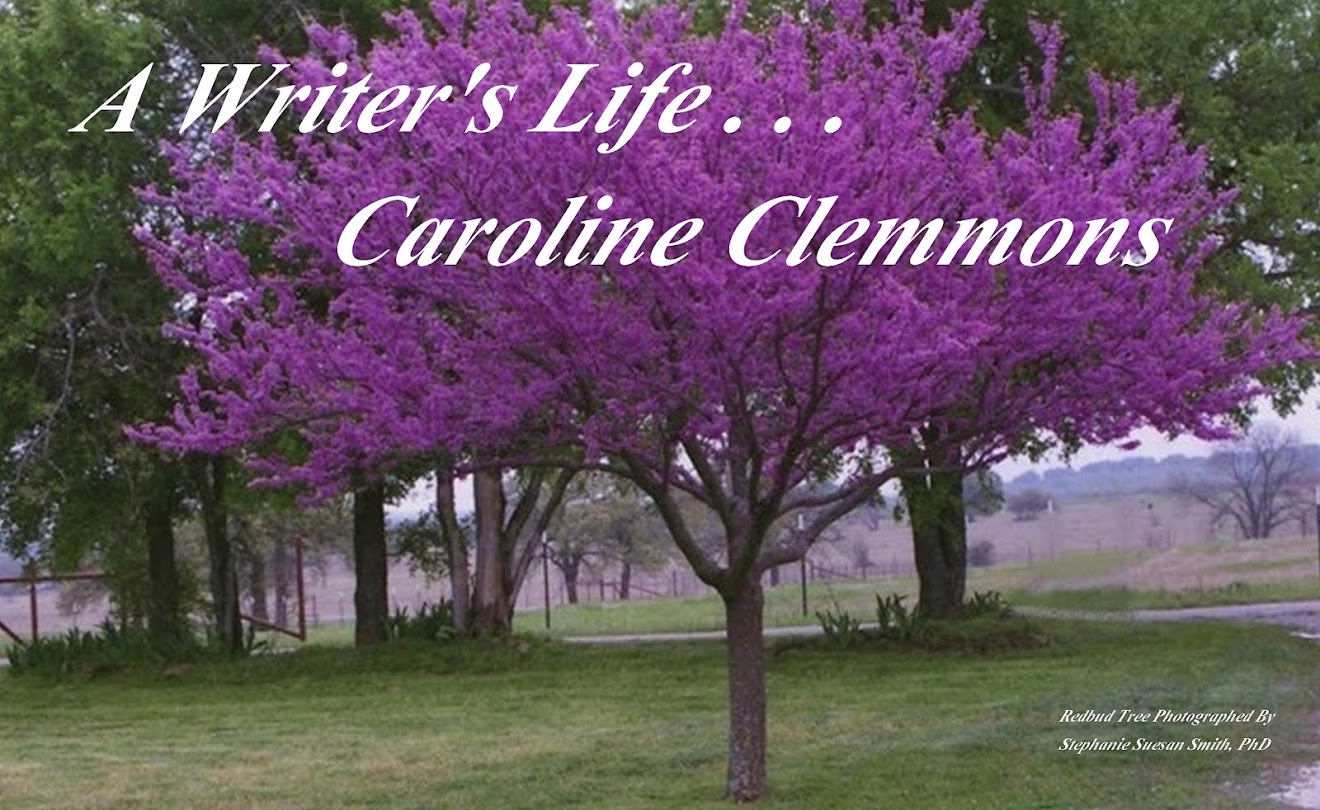Caroline Clemmons is letting me post today to talk about my pet peeve: animal anachronisms.
I used to live far out in the country. My neighbor leased the grazing rights on my land. He had a couple of horses, including a
mare. I looked out of the study window one day and saw two extra horses, one of whom was being overly “friendly” to the
mare. The horses had escaped from
another neighbor’s pasture.
This incident reminded me of the books that have the macho
hero riding a stallion only he can ride.
No one else can touch the horse, but he rides quietly among a group of
other horses, including mares. I have
news for you. No one who knows anything
about horses would ride a stallion near another group of horses. They are
dangerous and unpredictable and will mount a mare in season regardless of who
is on the mare’s back or riding the stallion.
They will fight with and even kill other males.
Just as it is important to have the right clothing and
furnishings in your book, it is important to have the animals in your book
behave correctly. To do otherwise
damages your credibility and the willing suspension of disbelief that your
readers engage in. You should not have a
horse do something horses just do not do any more than you would have a regency
character dress in an Elizabethan manner.
In the same vein, you should make sure that a dog or cat is
of the correct breed for the time and place you are writing about. A Scottish Highlander during the 1600s would
not have a Labrador retriever. The breed
did not yet exist. The Highlander would
probably have a Scottish Elkhound instead, or something similar.
Similarly, while highborn ladies had lapdogs in Regency
Europe, they did not have Chihuahuas.
They had dogs like the Bichon Frise, a French dog who was bred to be a lady’s
companion. Cavalier King Charles
Spaniels, or their ancestors, appear in many paintings during the reign of King
Charles I and II because both had them.
I am not a cat person so I cannot give you cat
examples. However, the Cat Fanciers Association or The International Cat Association will answer
questions about what breed would be in what place when. The American
Kennel Club will answer such questions for dogs. For horses, you will have to query the
individual breed registries to find out when the breed came into existence and
whether it would be in the time and place you are writing about. All of these places have press liaisons who can help you with your research.
You may feel this is a lot of trouble for something most
people will not pick up on. People who
read historical romances know their time period. The wrath of fans against authors who make
mistakes is legendary. Take care to
place the appropriate animal in your books or it may be directed at you.
Bio: Stephanie Suesan
Smith, Ph.D. is a dog person, has had horses, and does not own cats. She is also a nonfiction writer,
photographer, master gardener, and the research department, on occasion. Her website is
http://gardencopywriter.com.

No comments:
Post a Comment